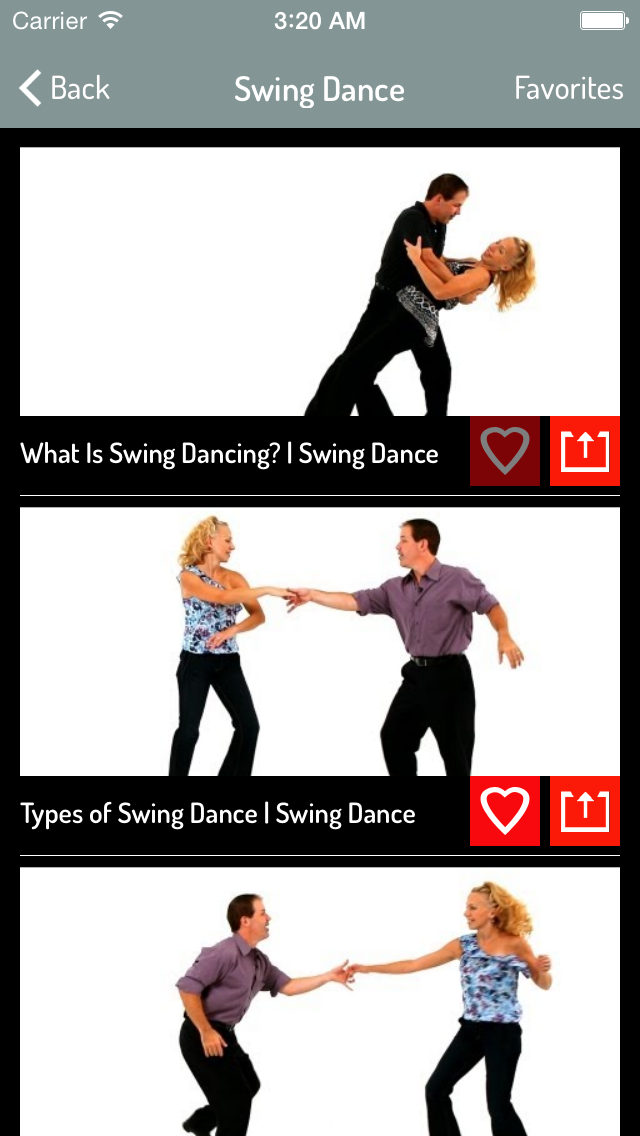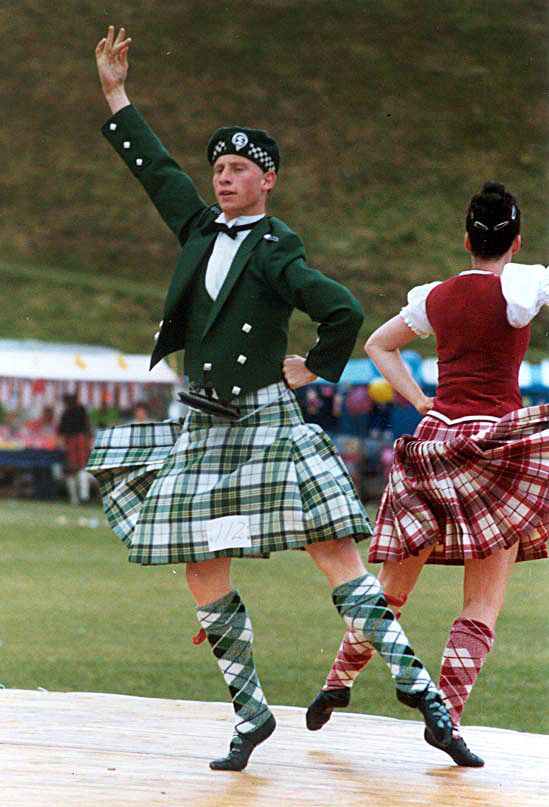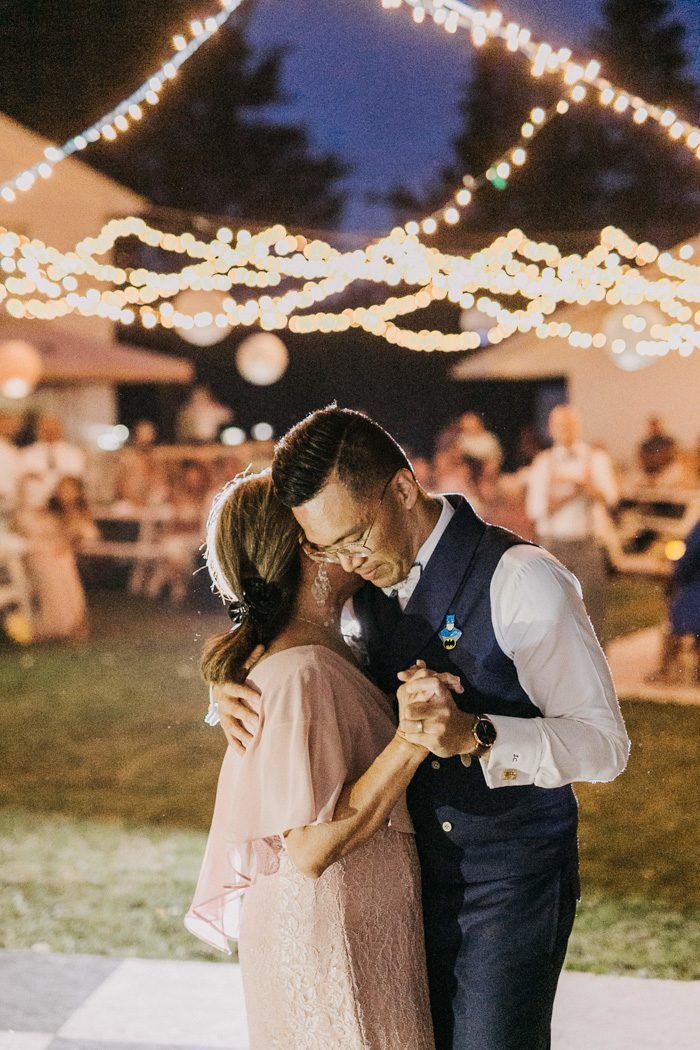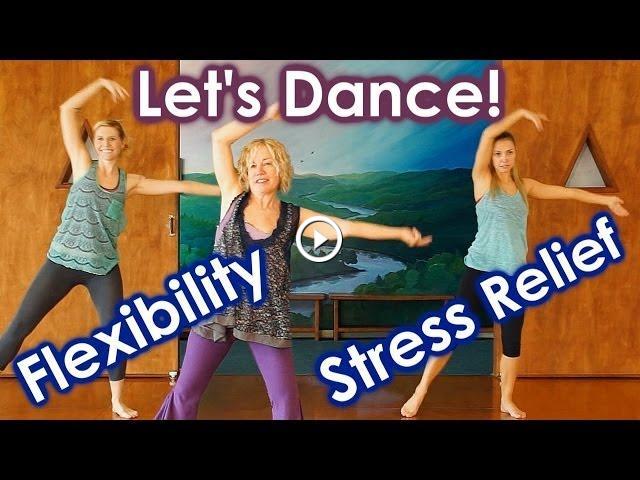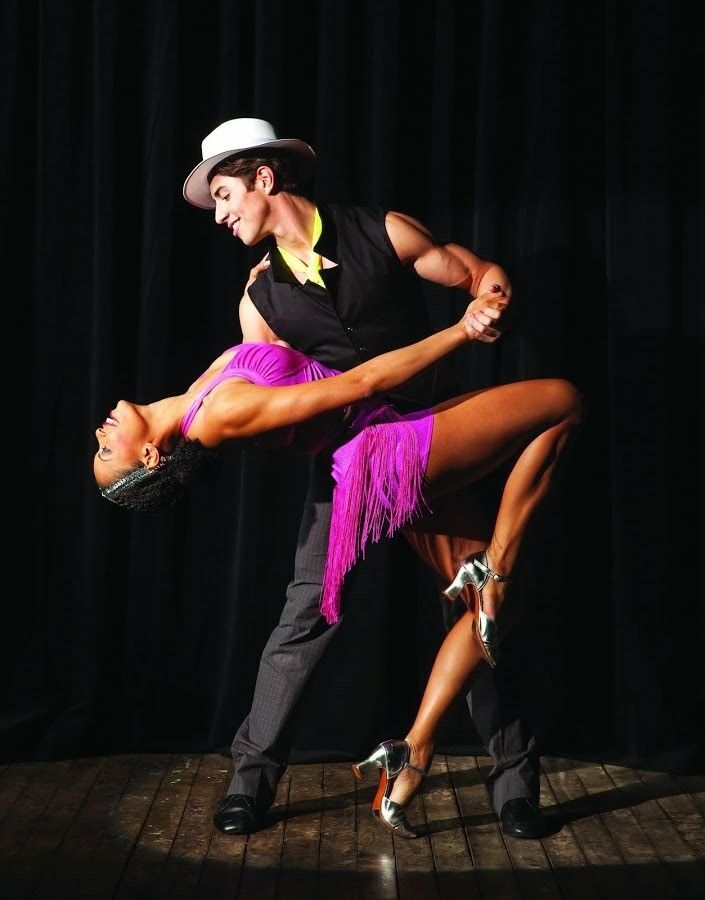How to swing dance by yourself
How to Practice Swing Dancing Without A Partner
Swing your partner ‘round and ‘round, or don’t. Swing dancing, though typically done with a second person, can be practiced on your own. In fact, you can perfect several dancing techniques without a partner!
If you’re interested in learning how to swing dance, these tips can help you prepare for your first lesson too.
What is Swing Dancing?
Swing dancing is a popular dance form typically performed to American music, such as jazz, blues, rock ‘n’ roll, country, pop, and more. Typically swing dances are characterized by a lively beat, and quick feet and body rhythm.
Dances in this style include East Coast Swing, West Coast Swing, Jive, Jitterbug, Lindy Hop, Country Swing, and Hustle. It’s fast paced, loads of fun and a great way to exercise!
First developed in American in the Jazz Age (1920s-1940s), the term “swing” comes from the type of beat jazz percussion was playing. A “swung” beat plays with the length of the space between beats.
With such a rich history rooted in American culture, the dance form is alive and well today. It is even ‘swinging” back into popularity! Modern bands like Maroon 5, Katy Perry, and Muse all have classic swung beats that you can swing dance to no matter where you are.
What Can You Practice on Your Own?
When it comes to dancing, footwork is essential. You don’t need a partner to practice your steps either. We recommend holding out your arms too so you can get a feel for where your hands need to be as well!
When you’re on your own, you have the ability to go at your own pace and repeat as many movements as you need to. You can count out loud and play the same tune over and over, and you can do it until you feel comfortable with your footwork.
Posture
You don’t need to be dancing to practice better posture. While you’re at home, you can rethink how you sit: straighten your back, puff your chest out a little and lift your head. Making dinner is the perfect time to work on your standing posture as well.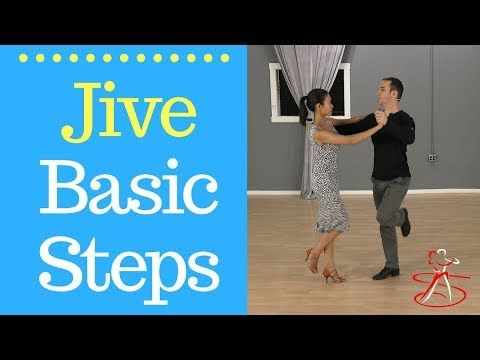 You can work on un-rounding your shoulders, tucking your pelvis under, or just lengthening your spine.
You can work on un-rounding your shoulders, tucking your pelvis under, or just lengthening your spine.
A second part of your posture is focusing on your walking. As you move, you can practice rolling through your foot and delaying your body flight.(creating a floating transition by shifting your weight so your momentum carries through).
Balance
Balance is key to dancing elegantly and it is one of the easiest things to practice on your own. Try standing on one leg for 30 seconds at a time. Keep your gaze fixed on a static point to help you. If you’re uncertain with your ability, stand next to a wall or chair to help keep your balance.
When you’re more confident, move your gaze around the room while standing on one leg.
To take it one final step further, you can balance on a smaller object, like a brick, or a more unstable one, like a pillow, to help you learn how to shift your weight. Also remember to stay comfortable and safe when doing this and to keep something nearby to help steady yourself. Never put yourself in a dangerous situation when practicing your balance and always stay close to the ground. If you’re on an unsteady surface, try to practice with padding around you.
Never put yourself in a dangerous situation when practicing your balance and always stay close to the ground. If you’re on an unsteady surface, try to practice with padding around you.
Musicality
Your partner will thank you if you develop your understanding of rhythm on your own. More specifically, learn how to count music.. This is the biggest and perhaps the most important step in musicality!
Learning how to do this is simple: put on your favorite song and count to the beat. Try stepping to the beat too so you can have an understanding of how it affects your movements.
Where Can I Learn How to Swing Dance?
If you want to learn to dance, trust your feet to American’s second oldest dancing franchise, Arthur Murray Dance Centers. Each studio offers students of all skill levels an experience that is unlike any other and classes are interactive and enjoyable to attend.
Instructors utilize a comparative style of teaching called the Arthur Murray Method, which enables students to learn the skills needed for dancing in the most efficient way possible.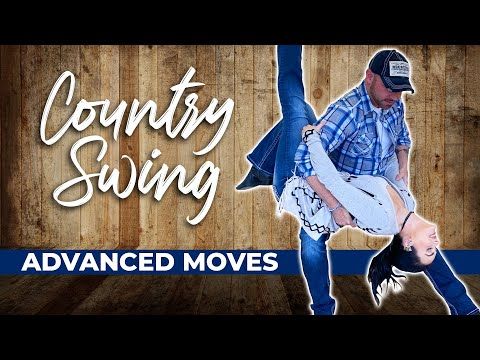 Their goal is to help you get out on the floor dancing as soon as possible.
Their goal is to help you get out on the floor dancing as soon as possible.
Their basic introductory classes with emphasis on foot position, rhythm and timing, and leading or following. They also offer full programs for novice to advanced students who wish to perform. Instructors are highly knowledgeable and trained to assist everyone.
Sound like fun? Contact them today to reserve your spot in a free dancing lesson!
How to Swing Dance | The 2023 New Dancer’s Guide
Have you ever wanted to know how to swing dance? While learning how to swing dance certain variations are more complicated than others, all of the dances begin with a few basic steps that aren’t too hard to learn.
Lace up your dancing shoes and read further to discover how simple and fun it can be to learn how to swing dance!
Jump to Section
- Learn How to Swing Dance
- Swing Dance History
- Swing Dance Basic Steps
- Country Swing Dance
- East Coast vs.
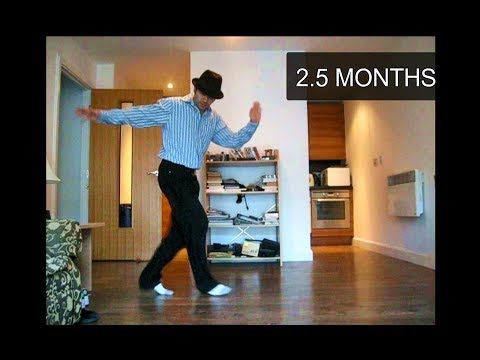 West Coast Swing Dances
West Coast Swing Dances - Fun Swing Dance Moves
- How to Swing Dance Solo
Learn How to Swing Dance
Is Swing Dance Hard to Learn?
If you’re a complete beginner to dancing, don’t worry. Learning how to swing dance isn’t overly complicated, and with some practice learning a few basic steps, you’ll be ready to incorporate variations and a flair of your own in no time.
So, when it comes to learning how to swing dance, is swing dance hard to learn? The short answer is: no! But it becomes even easier with the guidance of a highly rated dance instructor.
Swing Dance Lessons
As with learning anything new, it helps to have an expert guiding you through the process. The same goes for dancing. If you’d like to learn how to swing dance, look for dance classes in Colorado Springs, dance classes in San Diego and dance classes in Las Vegas wherein a talented dancer will lead an engaging, fun course designed to ease the transition into learning these new steps!
You’ll get a unique and exciting workout in whilst learning something new: how to swing dance with style.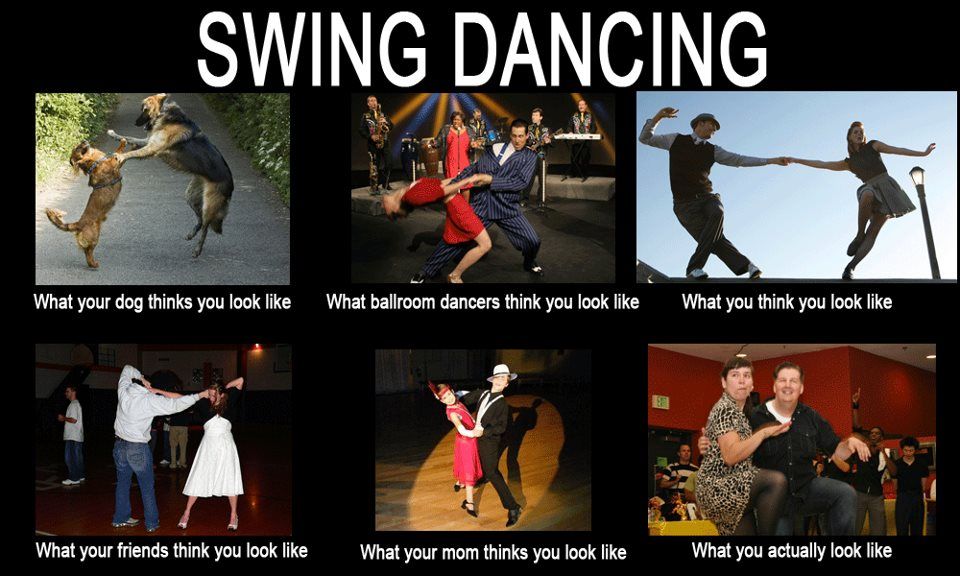 Both beginners and experts alike will find that these dance classes near you are a fun way to switch up your routine and one of the best ways to learn to dance.
Both beginners and experts alike will find that these dance classes near you are a fun way to switch up your routine and one of the best ways to learn to dance.
You may decide to sign up for online dance classes, where you will still receive some of the best dance instruction around, right from the comfort of your own home, so there’s no pressure!
via CanvaSwing Dance History
Do you know that the swing dance has influenced countless popular dancing styles since the 1920s? When you think of the roaring ‘20s, images of rowdy speakeasies, jazz bands, swanky parties and swing dancing likely come to mind.
As jazz music began to develop in the 1920s, so did the swing dance and others like it, as crowds of people learned how to swing dance. Certain forms of jazz music are actually referred to as “swing music” for this reason.
According to the Chicago Swing Dance Society, majorly influential artists, including Ella Fitzgerald, Duke Ellington and Billie Holiday, are known for their impact on swing music throughout the early 1900s.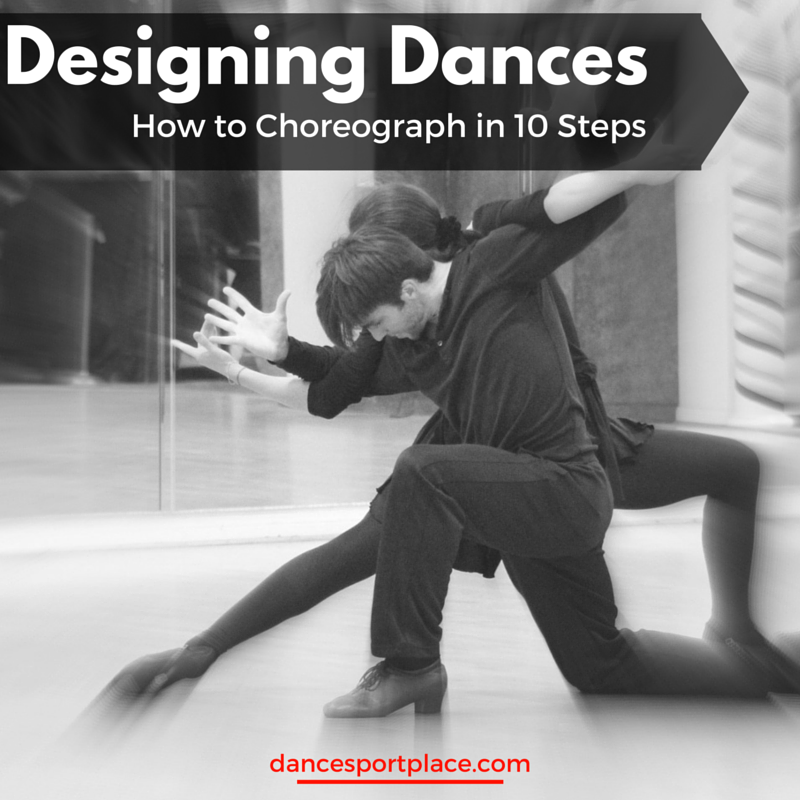
The dance has evolved since its pioneering days, and now encompasses numerous variations, including the Lindy Hop, the Jitterbug, the East Coast Swing, the West Coast Swing, Country Swing and others, which makes learning how to swing dance a popular hobby from coast to coast.
Swing Dance Basic Steps
Whether you decide to sign up for dance classes with a professional to learn how to swing dance or you’d like to give swing dance a try on your own, it helps to understand the basics of the dance before you actually get moving. Read on for some simple ways to get started.
Swing Dance Count
Before you can master how to swing dance, ffirst you must learn to count to the swing dance beat. These dances typically follow a six- or eight-count rhythm. The basic count is a rock step (1, 2), a triple step (3 and 4) and another triple step (5 and 6).
Five Basic Steps of Swing Dance
-
To start with the rock step, step backwards with your left foot moving behind you, and step forward with your right foot.
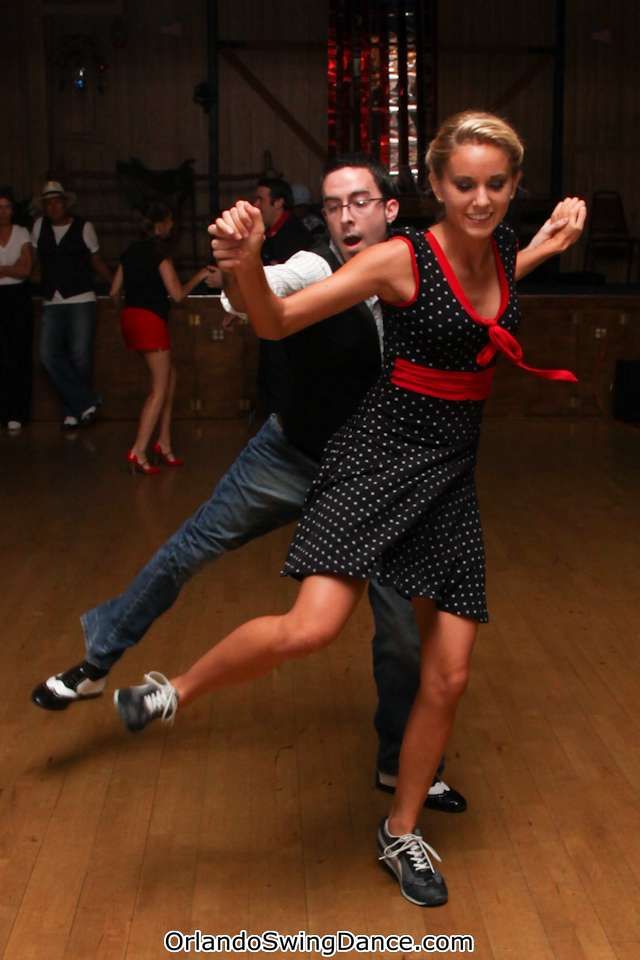
-
For the first triple step, you’ll step to the side with your left foot, the same way with your right foot, and again with your left foot. So, to the beat of 3-and-4, you’ll step left, right, left.
-
Then, you’ll repeat this triple step in the opposite direction, so that you are moving right, left, right.
-
If this dance is being done with a partner, the leader typically starts on the left foot while the follower starts on the right foot.
-
Next, it's time to incorporate the swing! All this means is that after doing the basic steps (rock step, triple step, triple step), you’ll pivot 1/4 of the way to your left, while your partner pivots 3/4 to their right, and then you’ll do a triple step.
Country Swing Dance
As aforementioned, the swing dance has been adapted in various ways to a variety of music forms. One popular swing variation is the country swing dance. When it comes to how to swing dance in the country variation, you’ll learn to incorporate more twists, turns and other fun moves as you dance with your partner. Read further to learn how to swing dance the country swing dance.
One popular swing variation is the country swing dance. When it comes to how to swing dance in the country variation, you’ll learn to incorporate more twists, turns and other fun moves as you dance with your partner. Read further to learn how to swing dance the country swing dance.
Country Swing Dance Moves
-
First, it’s important to distinguish who is the “leader” and who is the “follower” in your dance. As you join hands to dance, the leader will have their hands facing upwards while the follower’s hands are facing downwards.
-
After your first rock step, you’re going to walk towards each other rather than moving side-to-side. As your partner steps forward with their left foot, you’ll step forward with your right, and then repeat with the opposite feet. This dance is done with an eight-count beat, so you’ll be taking eight steps.
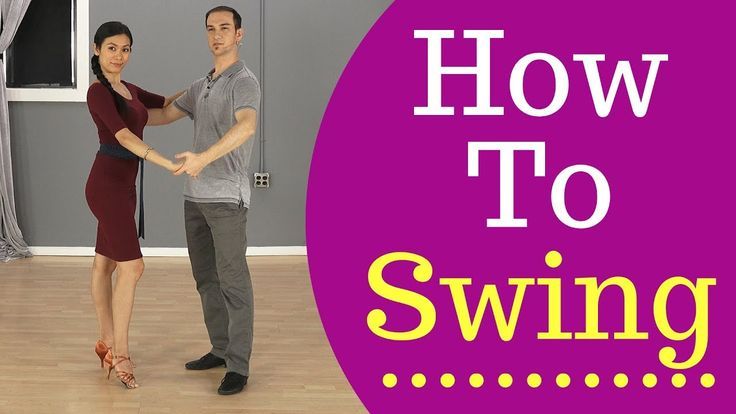
-
Once you’re comfortable with those basic swing dance moves, you can incorporate a spin, wherein you are still doing the basic steps, but as you both hold hands, you are turning your bodies rather than staying in one place. Then you can start to incorporate some of the following moves into your dance.
Tip: Don’t forget to stay loose when learning how to swing dance! There’s no room for stiffness, especially in the country swing dance.
via CanvaEast Coast vs. West Coast Swing Dances
What is the Easiest Swing Dance to Learn?
The East Coast swing is likely the easiest for when it comes to learning how to swing dance. It contains the most basic steps, and many other variations are built off of this version.
In fact, the basic steps listed above are exactly what the East Coast swing dance is. It consists of a rock step followed by two triple steps.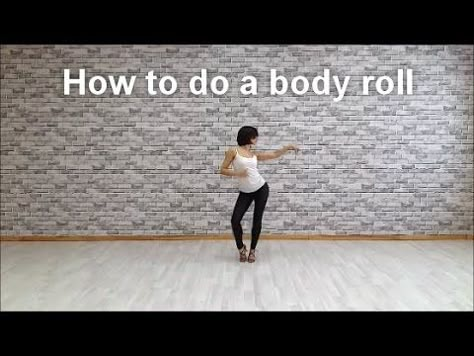 However, you can make the dance your own by deciding whether to step side-to-side with your partner or front and back.
However, you can make the dance your own by deciding whether to step side-to-side with your partner or front and back.
What is the West Coast Swing?
When learning how to swing dance in the West Coast version, you will usually have to dance to a slower tempo than in the East Coast swing. This doesn’t mean that the West Coast swing is by any means a slow dance — it will just work well with a slightly slower tempo.
The key difference between East Coast and West Coast swing is that East Coast swing is done at a pace of around 136-144 beats per minute, while West coast is done around 102-114 beats per minute.
West Coast Swing Steps
A West Coast swing dance incorporates a “sugar push,” which means that your partner and you will be facing each other and walking forward and backward together. While you take two steps backwards, your partner will take two steps forward, then take two steps in place at the same time before repeating the move in the other direction.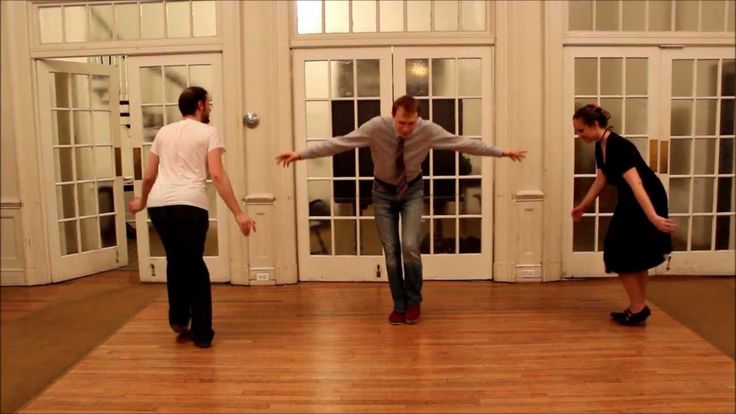
After the sugar push, you and your partner will perform a “sugar tuck.” After the last step in place of the sugar push, the follower will turn away instead of simply stepping back. Then, they’ll triple step their way into a half circle, and face the leader once again.
The biggest distinction for the West Coast swing is that the entire dance is performed in a sort of linear way, whereas the East Coast dance follows a more circular pattern. Either of these styles are a greta starting point for those in the beginning stages of learning how to swing dance.
via CanvaFun Swing Dance Moves
Hammerlock
The hammerlock comes from doing turns with your partner. Rather than holding one hand while your partner turns around, you will both hold both of each other’s hands.
This way, once one partner turns, you’re in a sort of, well, hammerlock, wherein one hand will be held down and the other hand will be raised above your partner’s head as the turn.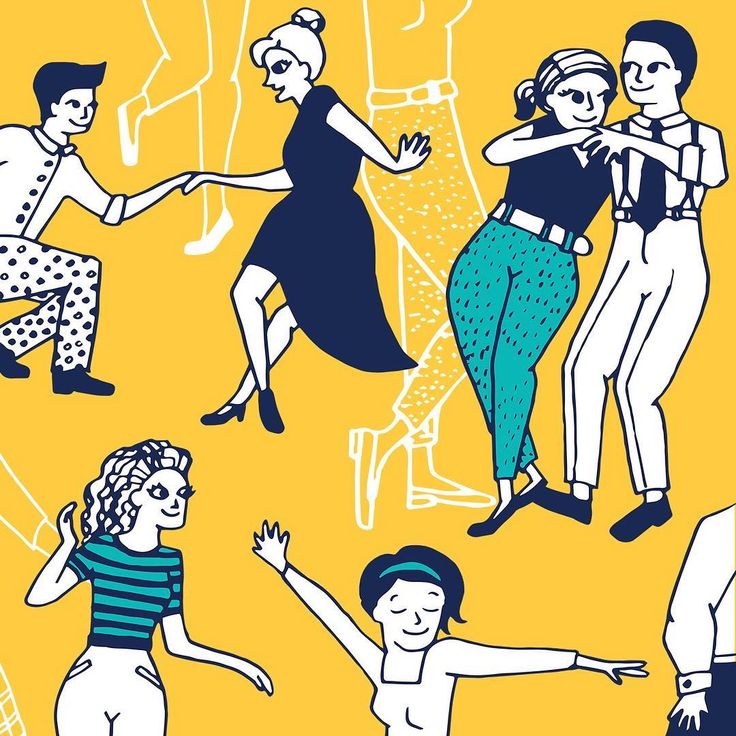 Once the turn is completed, the lower hand will be behind your partner’s back.
Once the turn is completed, the lower hand will be behind your partner’s back.
Cuddle
The cuddle is kind of exactly what it sounds like. In this move, you and your partner will do the beginning of a hammerlock, but in the end, your partner will be in front of you, facing the same direction as you, while your hands are held in front of your partner’s body.
Lean
While in the cuddle, you would typically simply reverse the move so that your partner turns out of the cuddle back into facing you.
For a lean, you (as the leader) would instead turn your body to open up to allow your partner to continue their turn all of the way until you are both only holding hands with your inside hands, and your outer hands are free and you are both facing forward.
Then, your partner would simply lean against you, so that your sides are touching.
Jumpin’ Joe
The Jumpin’ Joe move is great for upbeat tempos and lively dances.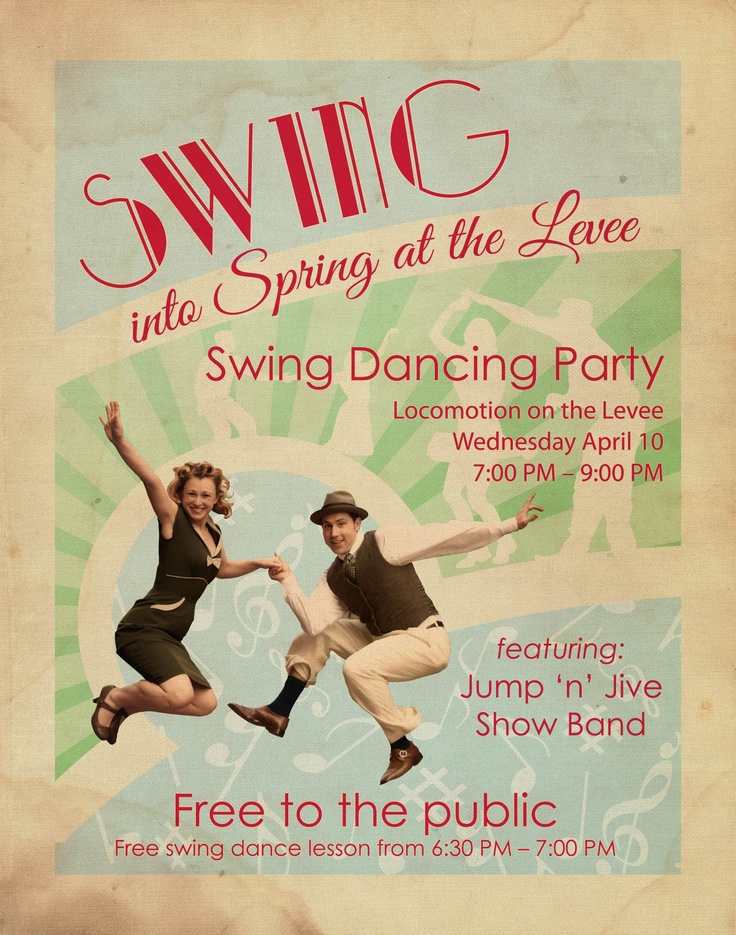 It’s very simple, and works best when the leader is shorter in height than the follower. In the move, leaders will spin their partners and then bring their arm over their head while jumping in the air.
It’s very simple, and works best when the leader is shorter in height than the follower. In the move, leaders will spin their partners and then bring their arm over their head while jumping in the air.
Tunnel
For those of you who want to learn how to swing dance and how to incorporate some intricate, impressive moves, the tunnel is for you. This will take some practice with a partner, so be patient!
The tunnel is a move that involves several inward twists while you and your partner are holding hands, so that it sort of looks like one partner is going through a “tunnel,” which refers to the other partner’s arms.
via CanvaHow to Swing Dance Solo
When learning how to swing dance, you might ask yourself: can you swing dance solo? When it comes to practicing the dance or taking online dance classes, a partner may not always be available to you. Don’t worry, we’ve got the answers.
Can You Swing Dance by Yourself?
Although swing dancing is typically performed and practiced between two partners, it can certainly be practiced with just one person.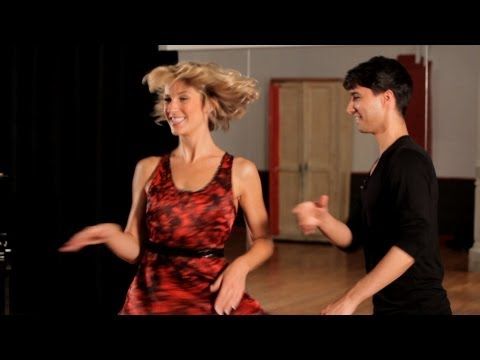 Learning how to swing dance by yourself is simply a way to practice and master the basic swing dance steps.
Learning how to swing dance by yourself is simply a way to practice and master the basic swing dance steps.
When you are swing dancing alone, it does help to act as if you are dancing with a partner. What that means is that you should dance with your arms out and in position as if a partner were with you, so that when you do do the dance with a partner, it will feel practiced and natural.
When practicing how to swing dance on your own, pay attention to your footsteps and decide whether you’re dancing as a leader or follower, as your moves will differ slightly, and you want to be ready for when you do end up dancing with a partner.
Solo swing dancing is great for learning to master your posture, footwork, rhythm and overall confidence in the dance!
via CanvaNow that you know how to swing dance, get out on the dance floor to test your moves! As you learn how to swing dance, you’ll see that it simply takes practice of simple steps in order to feel more comfortable including some fun variations of your own.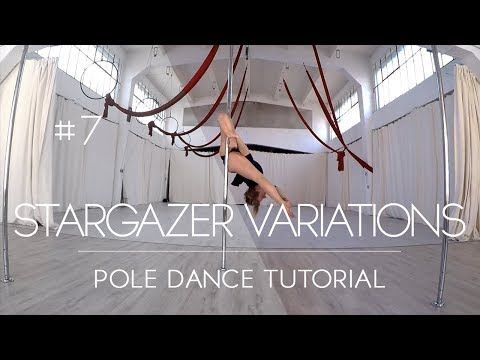
Don’t forget to check out dance classes near you if you think you could benefit from some extra help to learn how to swing dance.
For even more creative ideas and inspiration, check out other experiences happening on Classpop!
Related Articles
A Beginner's Guide to Bachata DancingA Beginner's Guide to Cumbia Dancing
How to Belly Dance (With Confidence!)
How to Line Dance Like a Pro
How to Slow Dance With Style
How to Waltz Your Way to Becoming a Ballroom Pro
How to Salsa Dance Beginner’s Guide
Swing Dancing: Get Jazzy!
SWING is the general name for dances, as well as the style of clothing, interior, life and behavior that arose with the birth of early jazz music - swing. The term is usually used to refer to one or all of the swing types: Lindy Hop, Charleston, Step, Balboa, Blues and Boogie Woogie, Jive, Rock and Roll, West Coast Swing, Se rock or Le Rock, etc.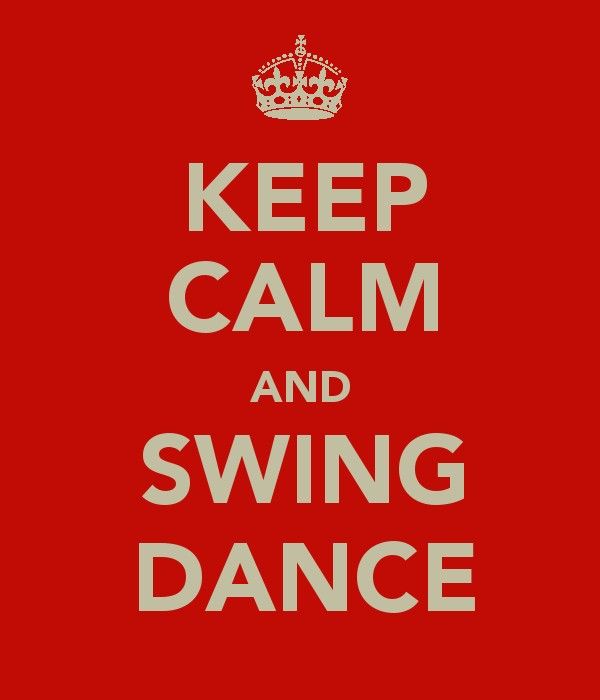 (appeared in the 1940s and later).
(appeared in the 1940s and later).
Things to remember about swing:
- This dance originated in the 1930s. last century in New York. It is believed that the predecessor of swing was rag time - the music of street musicians.
- this is an improvisational dance: a chain of movements is created right on the dance floor. The partner thinks over the dance steps and makes it clear to the partner what he expects from her, and her job is to catch it. No dance will be exactly the same as another.
- it's a party dance. Swing competitions are also held, but the main goal is to dance for yourself.
- it is a dance for communication. The emotions and personalities of the dancers are as important as the legs and arms.
- it's a jazz dance. Knowing how to dance jazz, the dancer feels free with almost any music.
Interest in swing faded in the 1960s and resurfaced in the 1980s with the formation of the World Rock'n'Roll Confederation and boogie-woogie and acrobatic rock and roll competitions.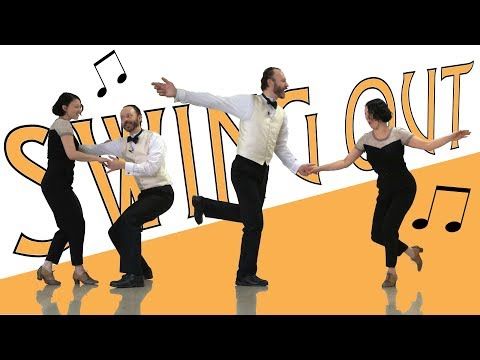 In the 90s, the turn came to the CIS countries. In general, swing dancing is an excellent means of communication between people.
In the 90s, the turn came to the CIS countries. In general, swing dancing is an excellent means of communication between people.
26-year-old from Kiev Alexander Gnidin has been practicing Lindy Hop for six months. He says it all started in a post in a LiveJournal community, where they invited people to join a swing group and posted video links to dancers' performances.
- And since it was in the midst of spring, when you want updates, I decided to go and try it. In addition, the location was convenient, half an hour on a direct metro line from work, the time suited me, and I also watched the video - I was hooked. For me, this is instead of physical education, plus new acquaintances, new horizons and impressions, - says Sasha.
Apparently, Sasha is not alone in his desires for new horizons and impressions - for example, there were about 40 people at the boogie-woogie class of one of the Kyiv clubs, which I looked at yesterday. Well, last Saturday, November 14, a qualifying competition was held in Kyiv under the funny name "SUSYUKS-2009" (an abbreviation for "So You Think You Can Swing?") - for the right to be called the best swing dancers.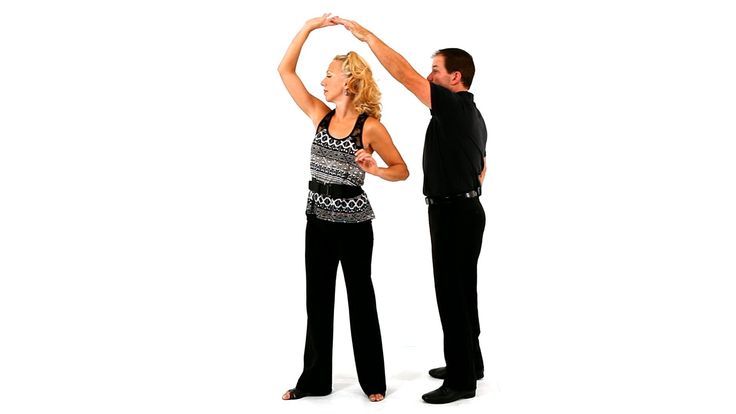 The idea and format were borrowed from the Ukrainian TV show “Everybody Dance”, which, in turn, adopted the concept of the American TV show “So You Think You Can Dance?”
The idea and format were borrowed from the Ukrainian TV show “Everybody Dance”, which, in turn, adopted the concept of the American TV show “So You Think You Can Dance?”
The event took place in the assembly hall of the 1st building of the Kiev-Mohyla Academy. Everyone could take part (fee - 30 UAH per person, for spectators - 20 UAH). Everything in general looked very sincere: a cozy hall, smiling people, great music and a lot of positive. At first, the people danced just like that, for a warm-up, then competitive dances began. About 50 dancers took part in the competition.
Under the approving but exacting gaze of the jury, they went through three rounds - as a result, the four best couples were selected. In two weeks, the guys will compete with competitors from Kharkov and Moscow, who will come to us for the finals of the SUSYUKS.
"Our Kyiv" asked Andrey Terentyev, one of the founders of "Kiev Swing Dance Club", about swing in more detail.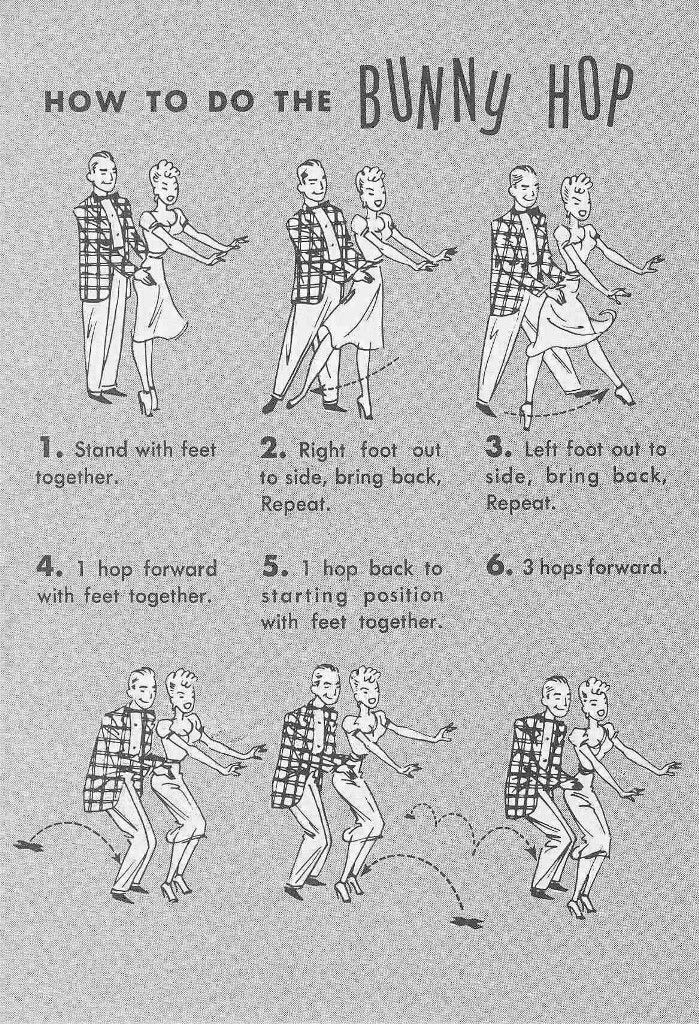
NK: For the uninformed, tell us what swing is?
There are several directions of swing dances, but more often the swing dance means the Lindy Hop dance, which was popular in the 30s of the last century. Also styles of swing dances - balboa, shag and others. Boogie-woogie and west coast swing, as a rule, are also classified as this direction, although they are danced to non-swing music: boogie-woogie - to rock and roll, blues and boogie-woogie, and WCS - to modern pop music .
NK: When was the Kyiv club founded and whose idea was it?
The name "Kiev Swing Dance Club" originated in 1998, when a few enthusiasts began to practice from video cassettes and learn how to dance swing. But the Club, as we know it now, emerged in 2003, after Taras Melnik, Larisa Glikina and I began to develop it, hold parties and attract new dancers to our ranks.
NK: How long does it take for beginners to learn the simplest dance?
To master the basics, a few months of classes are enough.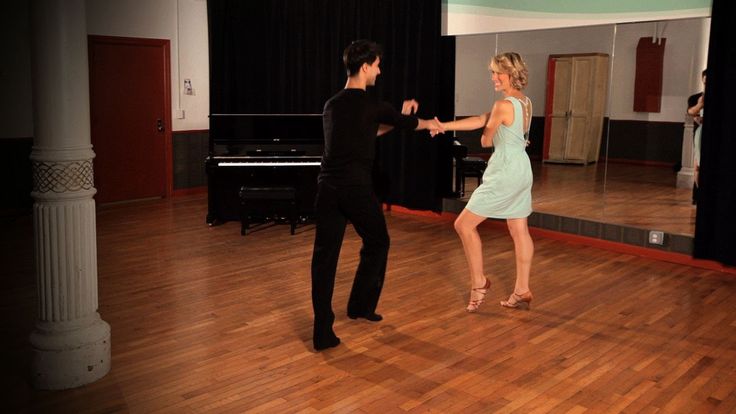 But in order to learn how to dance well, it will take at least several years of training.
But in order to learn how to dance well, it will take at least several years of training.
NK: More boys or girls come to class?
I can only talk about boogie-woogie bands. We usually have more partners in the first month of classes, sometimes the proportion of partners and partners in the first month is one to two. But then, within a month, the balance usually levels off. Now we have an almost equal number of partners and partners at almost all levels. I explain this by the fact that rock and roll and boogie-woogie, like music and dance, attract both guys and girls to the same extent.
NK: How many people are recruited into one group?
Usually about thirty. In my experience, this is the optimal size of the group, during the training there is a good dynamics of the lesson, because the dancers learn not only from the teacher, but also from each other. Senior groups are usually a little smaller - 10-20 people.
NK: They say that in boogie-woogie the main thing is improvisation and interaction in pairs. And if a person does not know how to improvise?
And if a person does not know how to improvise?
Improvisation is a skill just like learning to ride a bike or swim, only more creative. When, after several months of practice, you stop thinking about where to put your foot and how to lead the partner correctly (or follow the partner correctly), then your brain is freed for something more, you begin to improvise and hear music. Therefore, my advice is to practice more, listen to the music you dance to more often, and work on the foundation: the main step, leading-following.
NK: What do these dances give you personally?
Dancing is the joy of communication, freedom and positive emotions. Boogie-woogie and all swing dancing is a dance drug! After several months of regular exercise, almost 100% addiction is ensured. At the same time, you can observe a number of “side effects”: an uncontrollable smile on your face and unreasonable bouts of good mood, a change in gait in the “step-step-triple-step” style, involuntary movements of the limbs with the sounds of music with a syncopated rhythm (syncope is a displacement of the rhythmic support from a strong beats of a bar to a weak one - ed.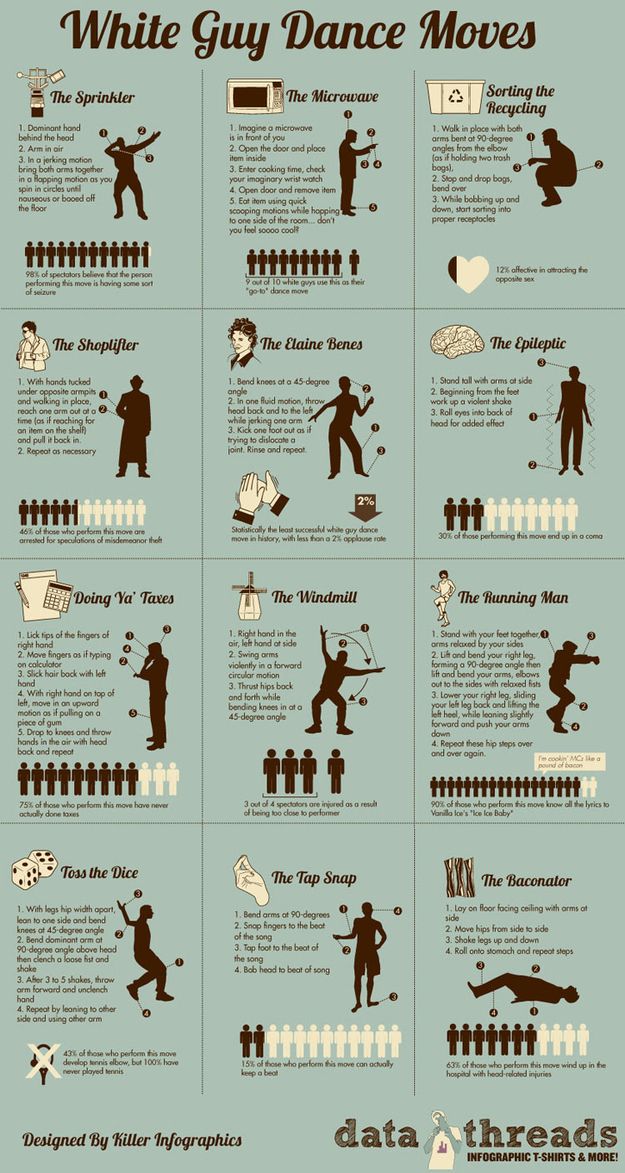 ), a change in musical tastes and preferences, and so on. So be vigilant! I came to dancing late, after university. Since then, I can not stop and do not regret it a bit. He worked in IT consulting, then managed a telecom company and worked with mobile operators, then managed a network advertising agency. It was only thanks to dancing that I could withstand the stress of work. It is enough to dance for a few hours, you are charged with optimism and good mood, and all problems become solvable. I recently decided to leave my career and make my favorite hobby my job, and I don't regret it at all.
), a change in musical tastes and preferences, and so on. So be vigilant! I came to dancing late, after university. Since then, I can not stop and do not regret it a bit. He worked in IT consulting, then managed a telecom company and worked with mobile operators, then managed a network advertising agency. It was only thanks to dancing that I could withstand the stress of work. It is enough to dance for a few hours, you are charged with optimism and good mood, and all problems become solvable. I recently decided to leave my career and make my favorite hobby my job, and I don't regret it at all.
On Monday, I went to one of the boogie-woogie classes - Andrey conducts it with his colleague Nadia. At 19:30 on the street. Ilyinskaya, 9, a group has gathered on the second floor, which has been studying for a couple of months. I couldn’t keep up with them, took a few steps at the initial stage, and then the guys split into pairs (two girls didn’t have enough partners, but the teachers helped them) and began to repeat the already learned elements at a rather fast, as in my unprofessional opinion, pace.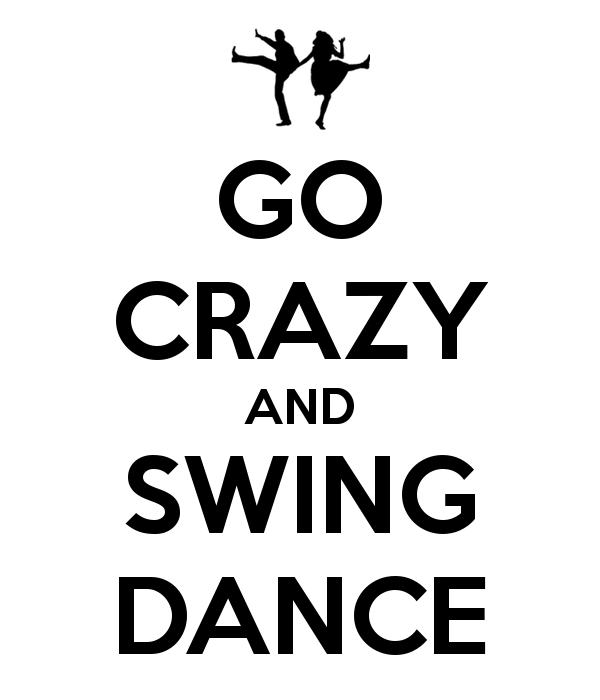 But later, at 20:30, newcomers came, who had been practicing for only a few weeks. And there were a lot of them, as already noted, forty people - mostly young students of student age, but also a few people "under" and "over" thirty. In the lesson, we learned the basic step: “step-step-triple step”. In principle, it is quite accessible if you slowly repeat the movement in parts. Gradually you get used to it, it starts to turn out almost reflexively. It is important to properly position the knees so that they do not hurt later, as they take on a lot of stress during exercise. Yes, a lot of things, to be honest - a sea of subtleties that coaches do not get tired of talking about and showing. Of course, interaction with a partner is also important: to feel where he is leading at the moment - a whole set of exercises has also been developed for this.
But later, at 20:30, newcomers came, who had been practicing for only a few weeks. And there were a lot of them, as already noted, forty people - mostly young students of student age, but also a few people "under" and "over" thirty. In the lesson, we learned the basic step: “step-step-triple step”. In principle, it is quite accessible if you slowly repeat the movement in parts. Gradually you get used to it, it starts to turn out almost reflexively. It is important to properly position the knees so that they do not hurt later, as they take on a lot of stress during exercise. Yes, a lot of things, to be honest - a sea of subtleties that coaches do not get tired of talking about and showing. Of course, interaction with a partner is also important: to feel where he is leading at the moment - a whole set of exercises has also been developed for this.
When you look at the swing pros, it seems that the couple moves easily and naturally, without thinking about anything, almost flies! But in order to learn how to fly like, for example, these dancers, you have to work hard.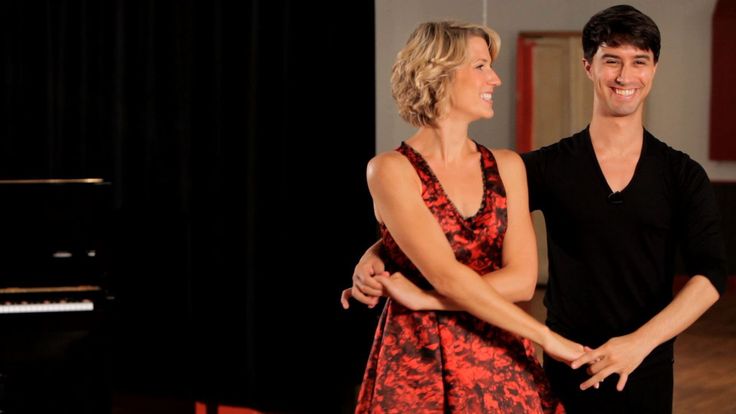
Although this process is very pleasant, as it turned out. Although physically exhausting (at the end, most T-shirts are wet with sweat), but morally inspiring. And another trick: when you dance in pairs, you change partners every 5-10 minutes, in a circle. Thus, communication with new people is constantly taking place, eye-to-eye - and this is also more than interesting.
Cost of classes:
One lesson - 50 UAH
Half a month (4 lessons) – 160 UAH
Month (8 lessons) – 280 UAH
Month - 1.5 different groups or directions (12 lessons) - 400 UAH
Month - 2 different groups or directions (16 lessons) - 450 UAH
The club schedule can be viewed here.
Now we are recruiting for a new boogie-woogie group for beginners. Classes will be held on Tuesdays and Fridays at 7pm.:00, the first will be on November 24th.
Before that, they promise a free introductory lesson - on November 20 at 19:30, at the address: Fizkulturny per.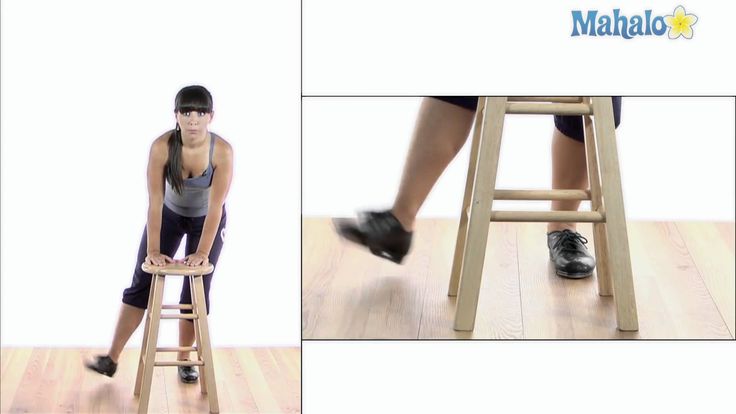 , 1 (Institute of Physical Education, 3rd building, 2nd floor).
, 1 (Institute of Physical Education, 3rd building, 2nd floor).
Pre-registration by tel. (050) 311-87-73 or (067) 387-71-77.
7 tips for those who want to learn how to dance
September 9, 2020Reno5Life
Dancing is a great way to make friends with your body and gain self-confidence. And yes, they can be mastered at any age.
Share
01. Choose your style
The idea here is the same as with sports: if you secretly hate yoga or iron exercises, you are unlikely to go to workouts week after week. To achieve noticeable progress in dancing, a beginner will have to practice a lot and regularly, so it’s better not to torture yourself and choose a direction that really ignites.
You can focus on the music that you like - you need to catch the drive from movements to it. It is music that forms the style of dance and its energy, so decide what is closer to you: for example, funk lovers should try popping or locking, folk fans may like Irish dancing, and if you respect jazz, swing and everything like that, take a closer look at lindy hop.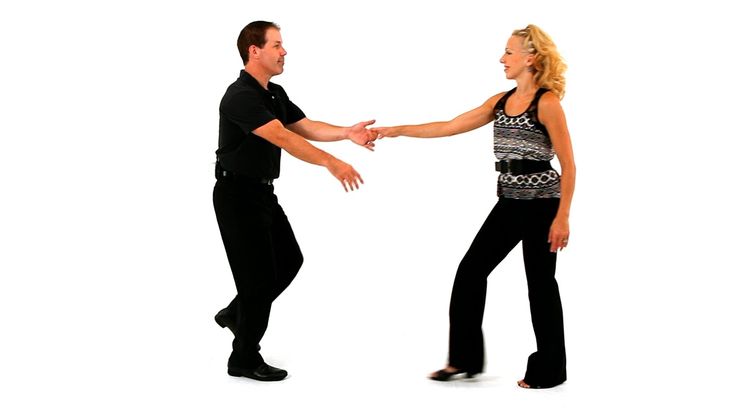
Another criterion is the nature of the movements. Some are closer to dynamic, as in hip-hop, others are smooth and sensual - for this in tango. There are also health restrictions to consider. So, twerk is not suitable if there are problems with the lumbar spine, with sore knees it is better not to get involved in shuffle, and it will be difficult for an aged person to master house.
2. Set a goal
Photo: Iakov Filimonov / ShutterstockYou can start dancing at any age, but it's important to keep in mind why you started it in the first place. It is perhaps too bold to expect that in half a year of classes it will be possible to reach the level of international dance championships from scratch. But if you want to try dancing in order to develop plasticity and learn to feel the body better, great, go ahead.
Don't expect to get it right the first time. When you learn from scratch, difficulties are absolutely normal, the main thing is not to score in classes.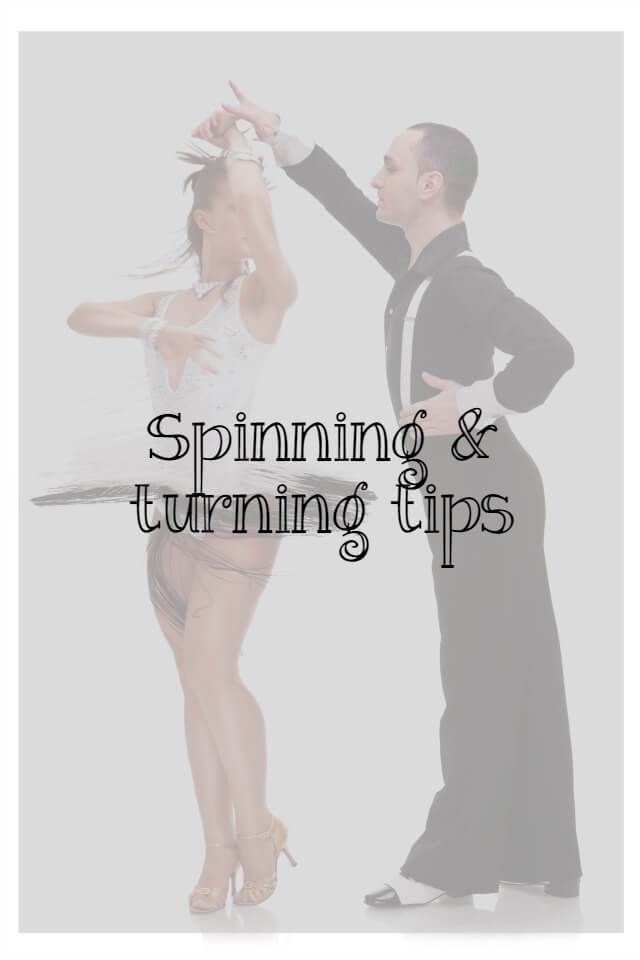 Over time, both the correct posture and a beautiful gait will be developed, and as a bonus you will also get self-confidence - with freedom of movement, freedom from complexes will come.
Over time, both the correct posture and a beautiful gait will be developed, and as a bonus you will also get self-confidence - with freedom of movement, freedom from complexes will come.
3. Don't give up on sports
Some dances in themselves make for a good workout. A vigorous shuffle will replace cardio, and a break can give a load to almost all muscle groups. And yet, without preparation, it will not be easy. A more or less good stretch is needed in any type of dance, and, for example, strong arms and strong abdominal and back muscles are also useful for pole dancing. You can combine dancing with strength exercises, but you need to give the body time to recover and not plan classes in a row, but allocate at least a day of rest between them.
And don't forget to warm up before dancing. So that the training does not end with an injury, the muscles and joints need to be prepared for the load. You can allocate 10–15 minutes for a warm-up, it should include simple articular gymnastics (at least elementary rotational movements of the shoulders and knees), tilts and dynamic stretching.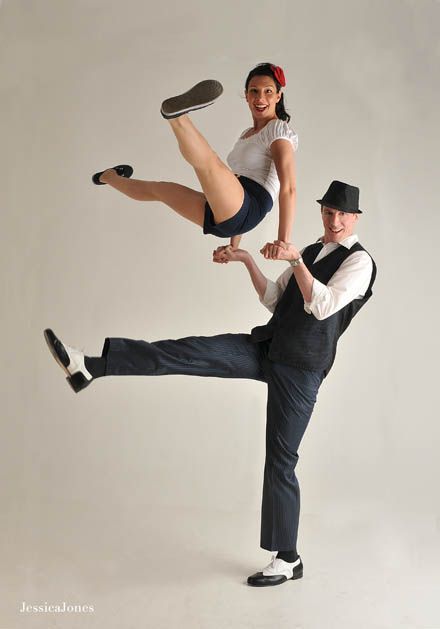
4. Take some lessons from a trainer
Especially if you have never danced before. Those with experience can learn new styles at home with video tutorials, but that's because they already know how to control their bodies. Beginners are unlikely to succeed, but disappointment in themselves and demotivation are guaranteed - if you can’t repeat elementary movements, then there’s no point in doing it.
Nothing really strange here. Without preparation, it is difficult to just take it and start moving freely. At least the basic elements are better to master under the guidance of a pro, and when you feel that you are coping, supplement these lessons with home workouts.
5. Learn something new in every class
When you repeat the same set of exercises and movements over and over again, classes turn into a good way to pass your free time, only you can forget about progress. Acquaintance with new elements is the same mandatory part of any workout as a warm-up. It doesn't matter if you work with a mentor or on your own.
It doesn't matter if you work with a mentor or on your own.
Do not immediately try to copy cool dancers. First, study the basic movements, then try to combine them into bundles until you hone them to automatism, and then experiment and improvise, creating something new based on familiar elements.
6. Record yourself on video
It is not necessary to record the entire workout from the warm-up, it is enough to record only those moments with which you have problems. These can be separate movements or bundles that are not given in any way. Review the video and, if possible, objectively assess what is wrong: perhaps there are technical problems that are difficult to notice in the process. When you understand what's wrong, try to repeat the movement and record it on video again - and so on until you achieve a good result.
This approach will help you find errors and track progress. You can not even limit yourself to memorized ligaments, but improvise - then see how it looks from the outside.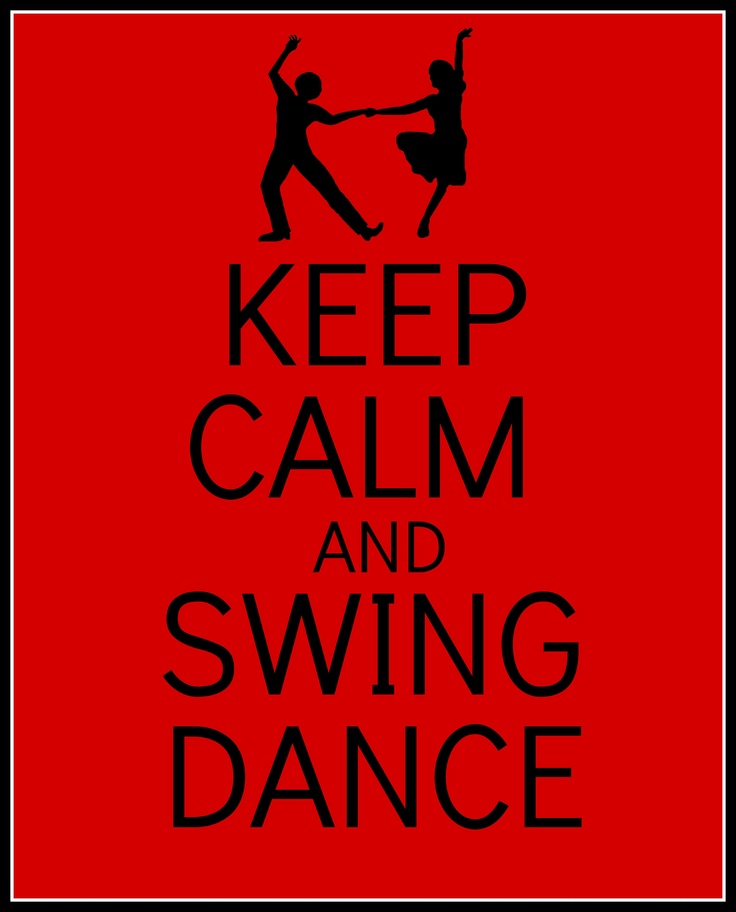
7. Find like-minded people
Photo: Iakov Filimonov / ShutterstockIf you need an extra reason not to miss classes, then meeting new people can be a good motivation. It is easier here for those who train in a group. Often the dance school becomes the center of a close-knit community, where people come not only for the sake of classes, but also just to spend time together at dance parties.
Finally, the more partners around, the more experience. Do not limit yourself to dancers of your level of training and practice with those who are stronger or weaker than you. In the first case, you will be able to improve your skills, and in the second, you will try yourself as a coach - this, by the way, is a good way to learn to take more initiative and understand the very principle of movement in dance, and not just memorize the alternation of chords.
Stay fit and connected with the OPPO Watch. They have two powerful processors, a bright AMOLED display, 1 GB of RAM and 8 GB of internal memory, Bluetooth, Wi-Fi and NFC modules.